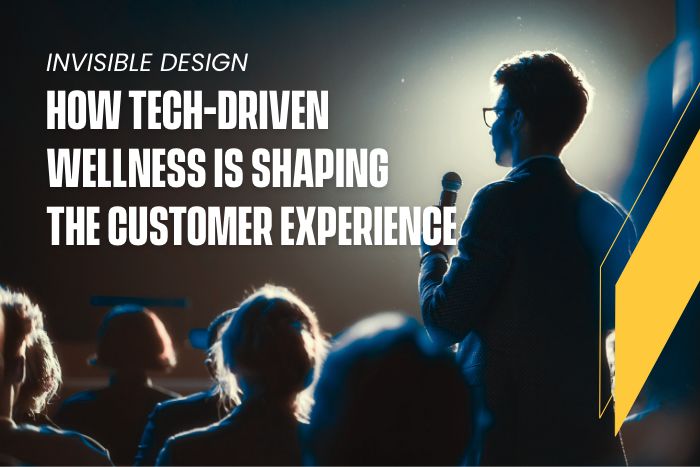


A compilation of our favorite email, LinkedIn and AI tactics from Inbound 2025 and how home and building brands can bring them to life.
by Lizzy Kuzmic on October 13, 2025

by Lizzy Kuzmic
Navigating the expansive realm of digital marketing presents unique challenges for home improvement brands. We explore tailoring strategies for diverse audiences, optimal advertising timing, retail partnerships, and influencer marketing to...

by Kathleen Carron
The Retail Innovation Conference & Expo 2023 is a premier event in the retail industry, focusing on the latest advancements and strategies for driving innovation. It gathers industry leaders, showcasing...





